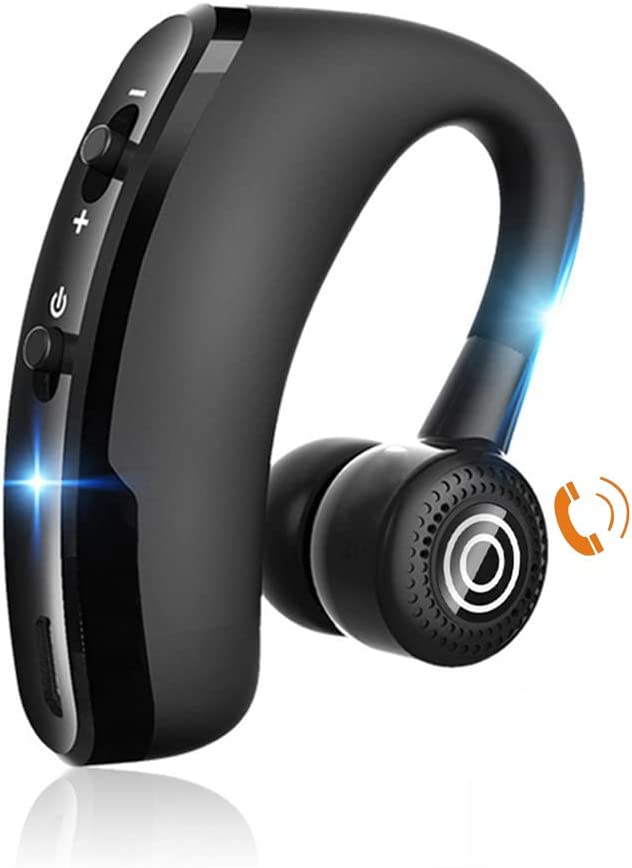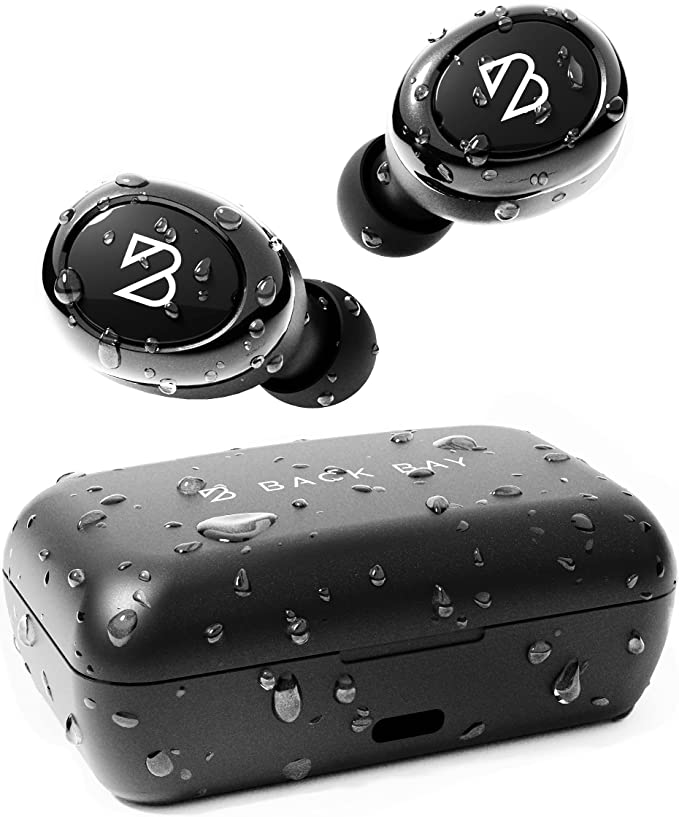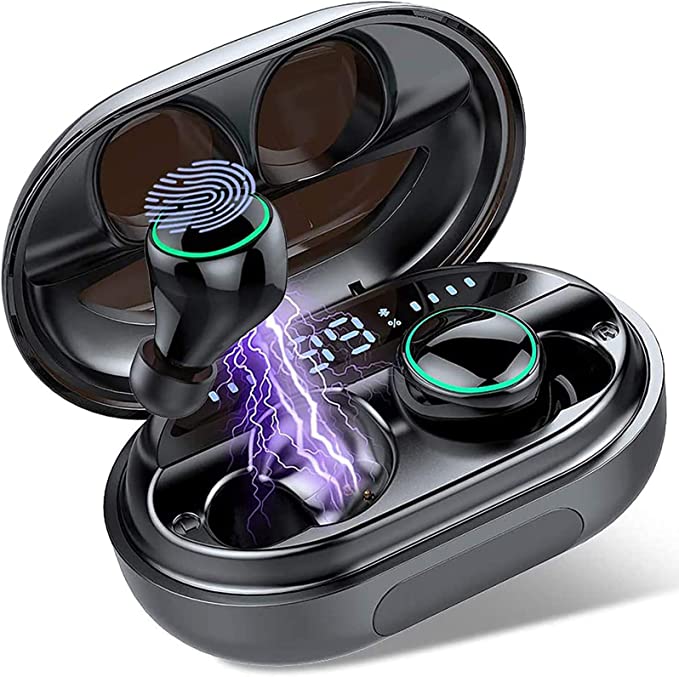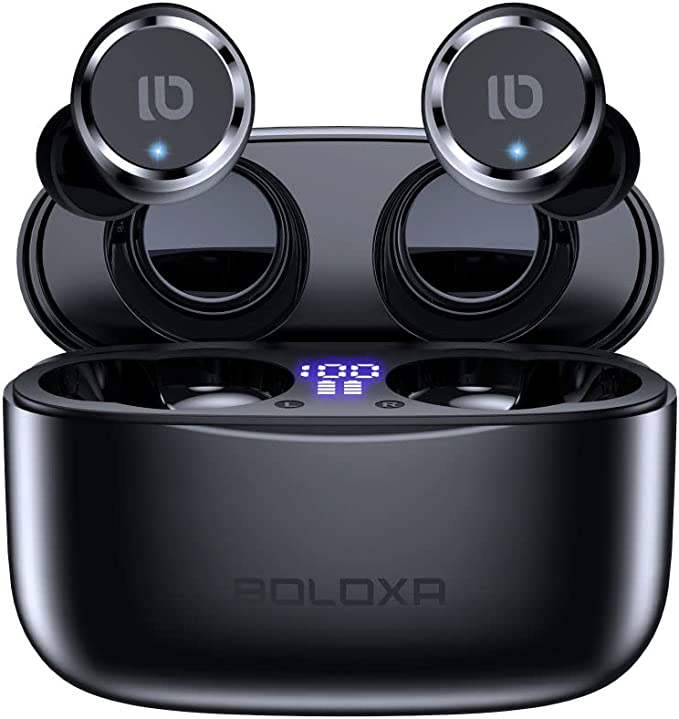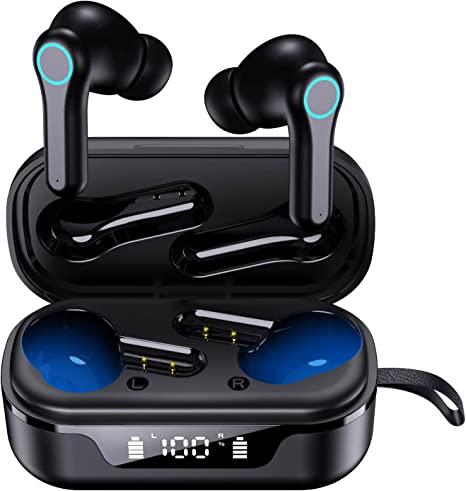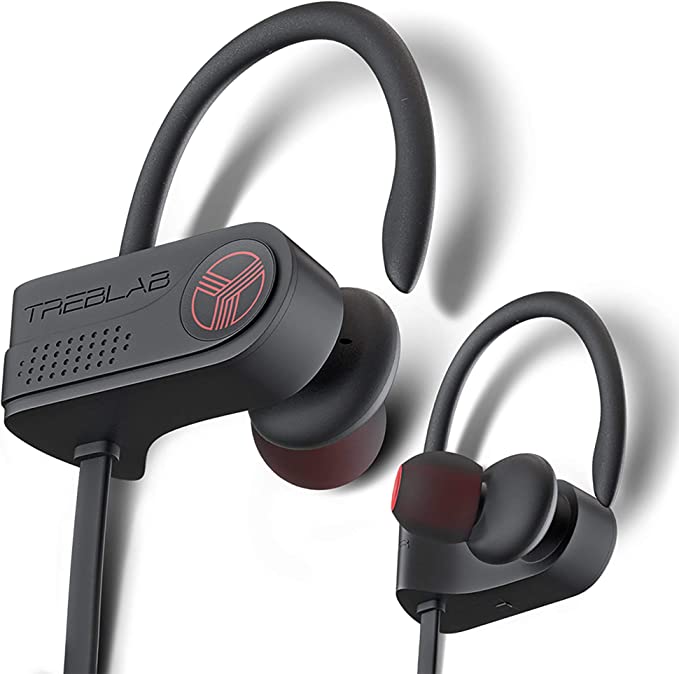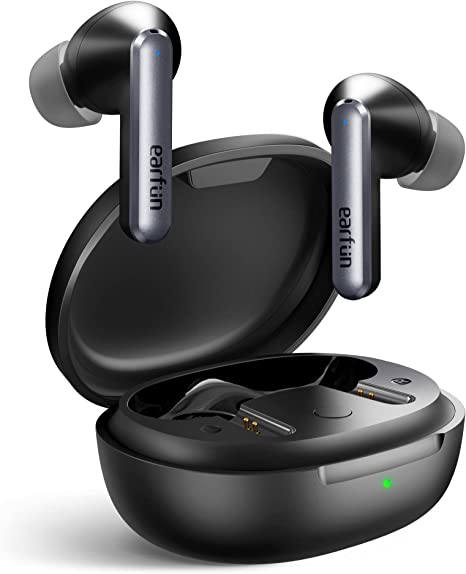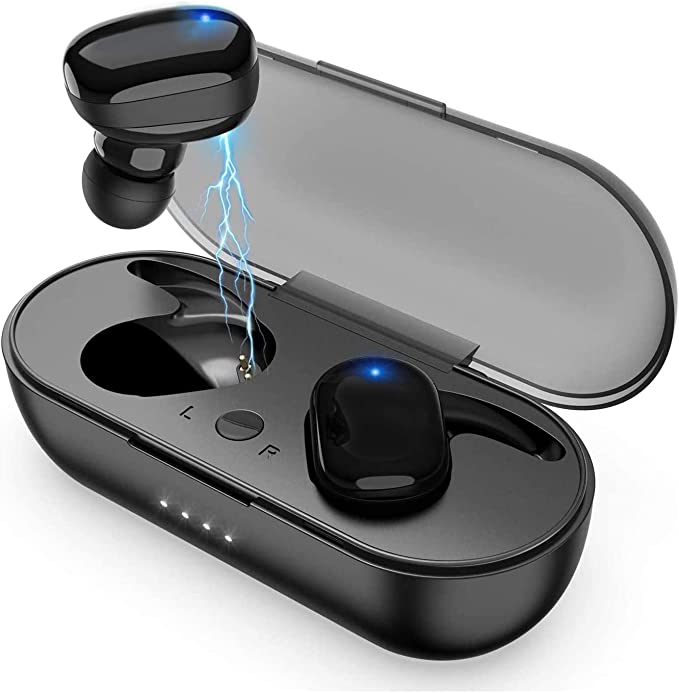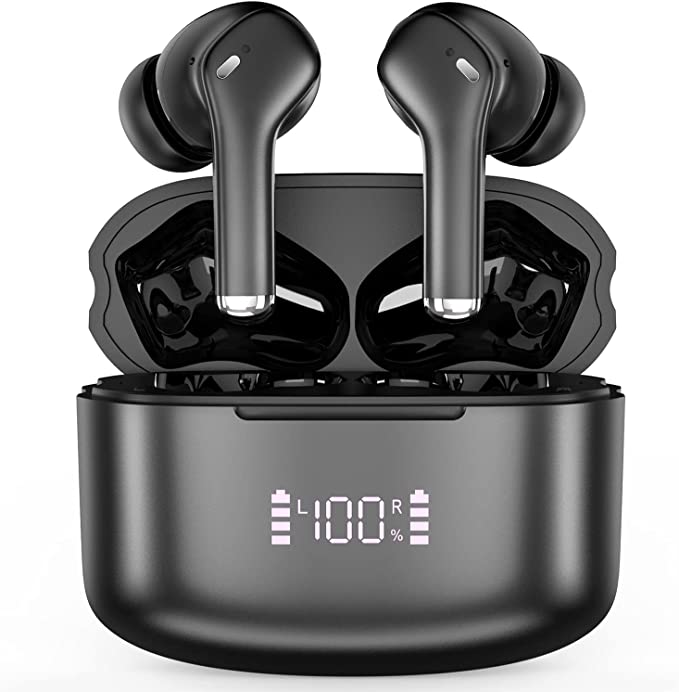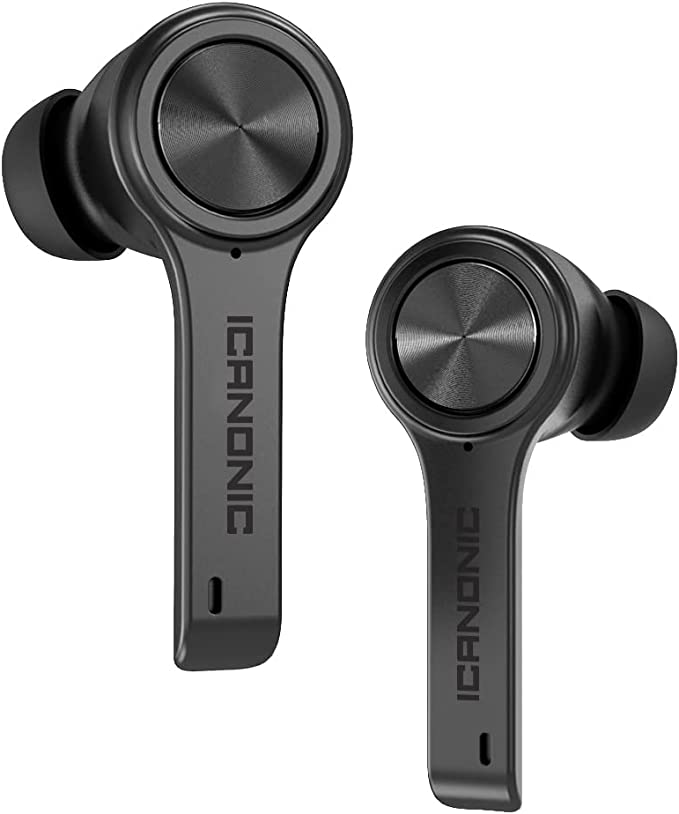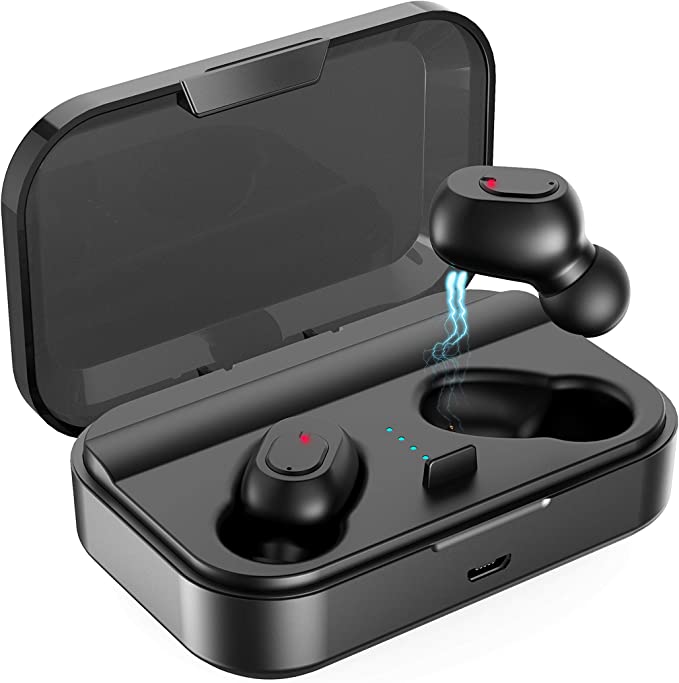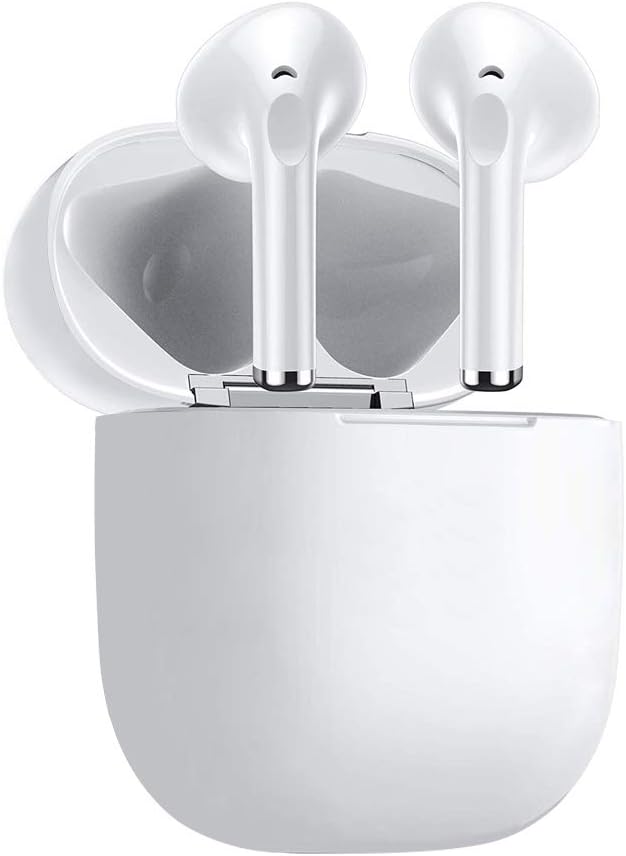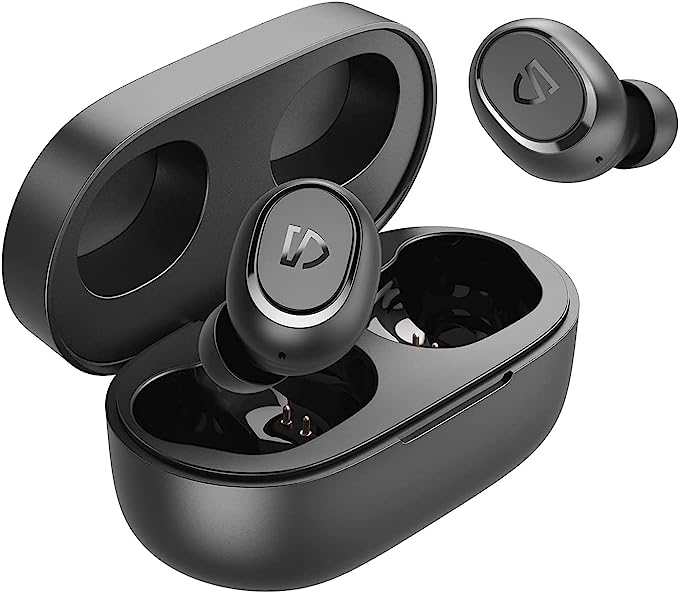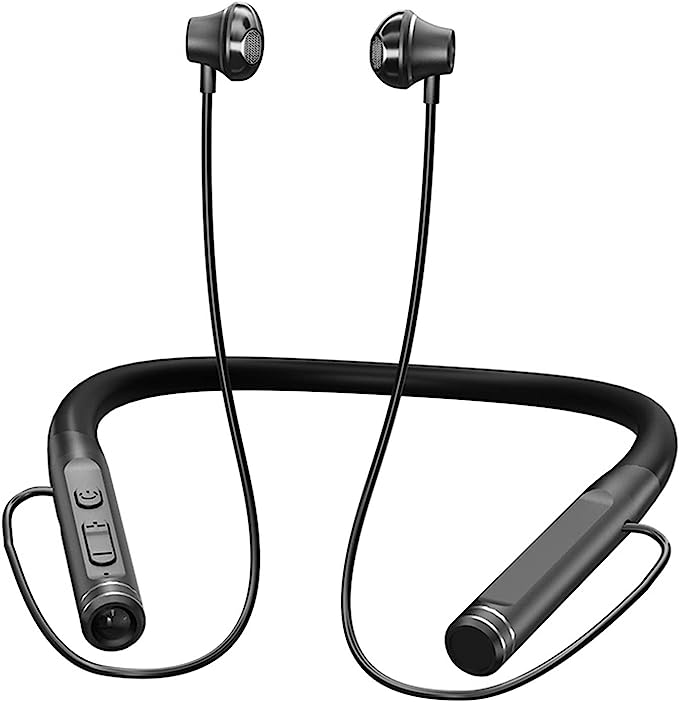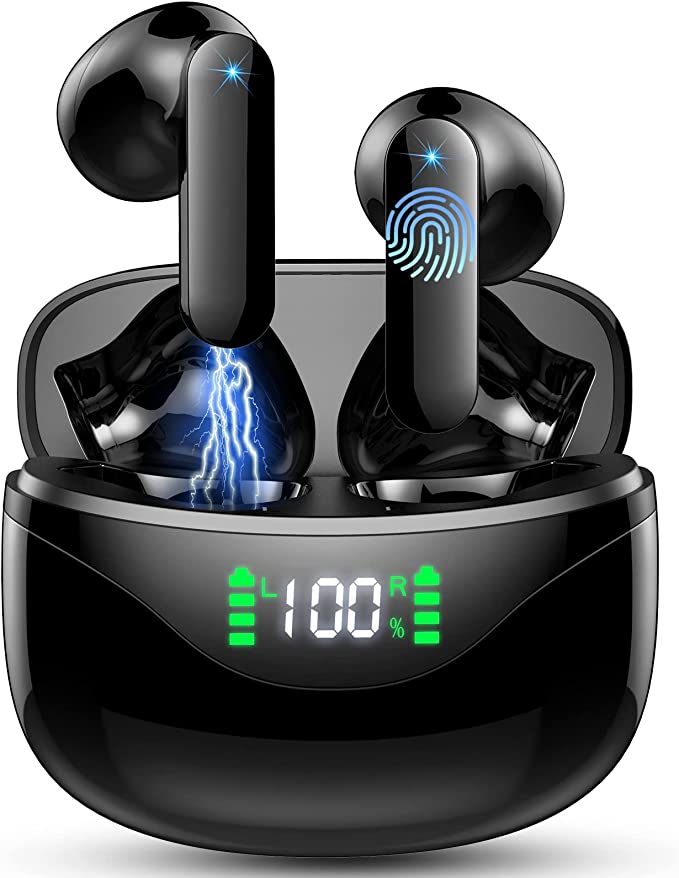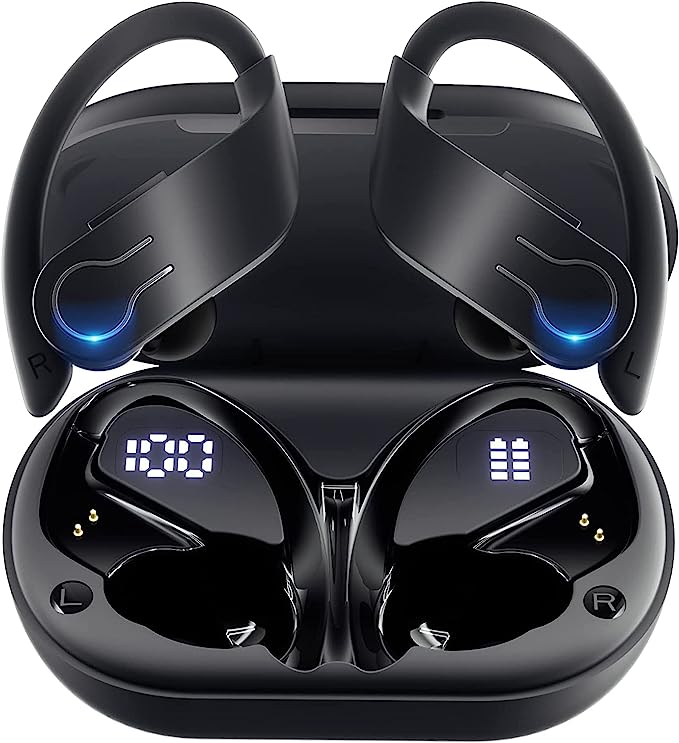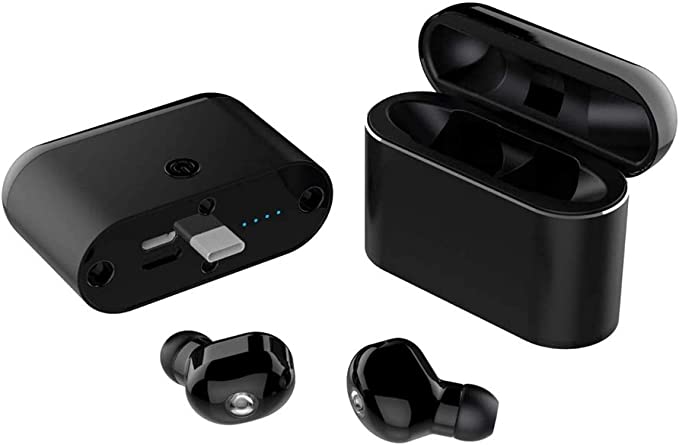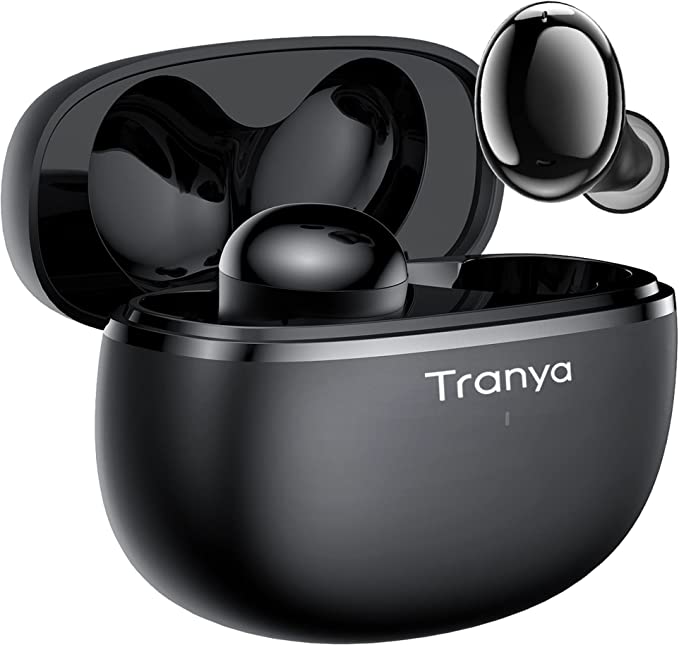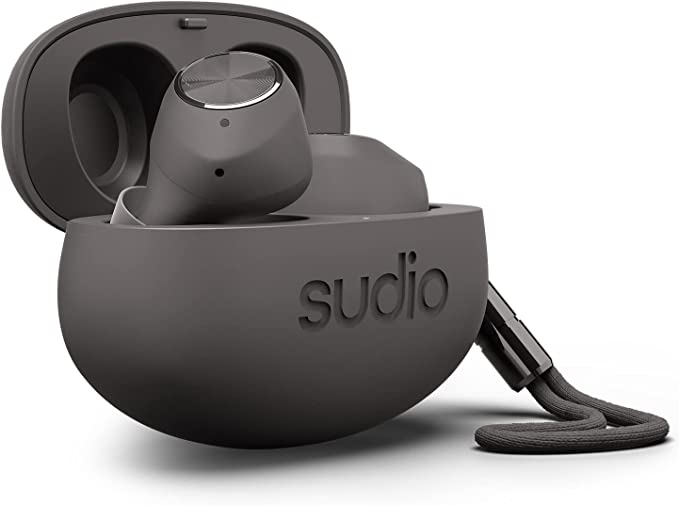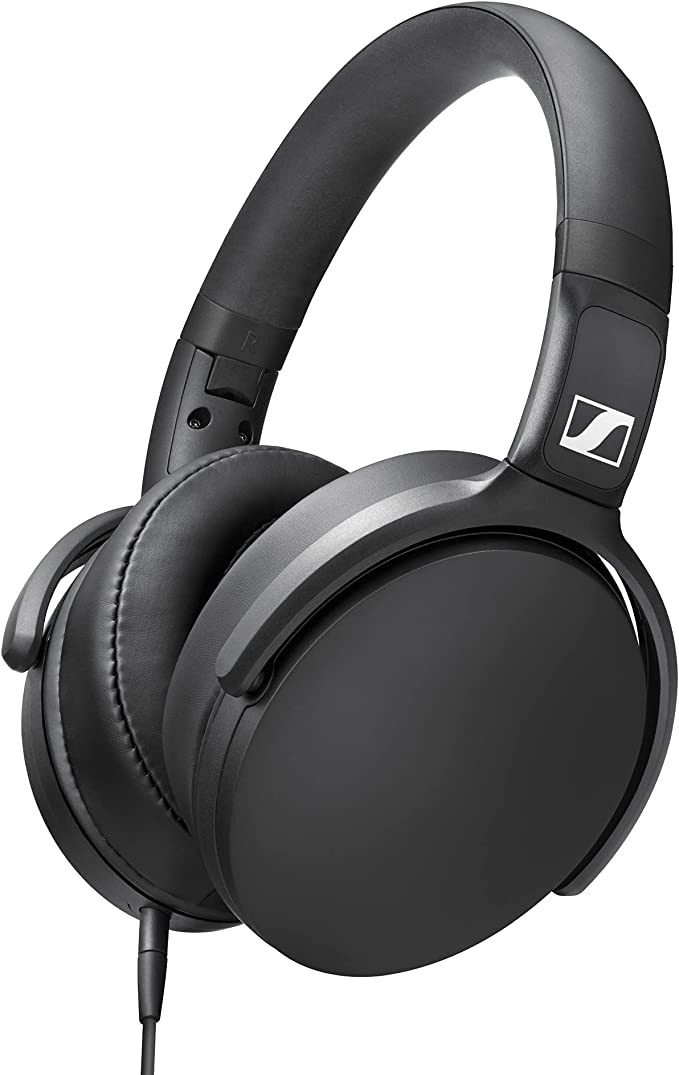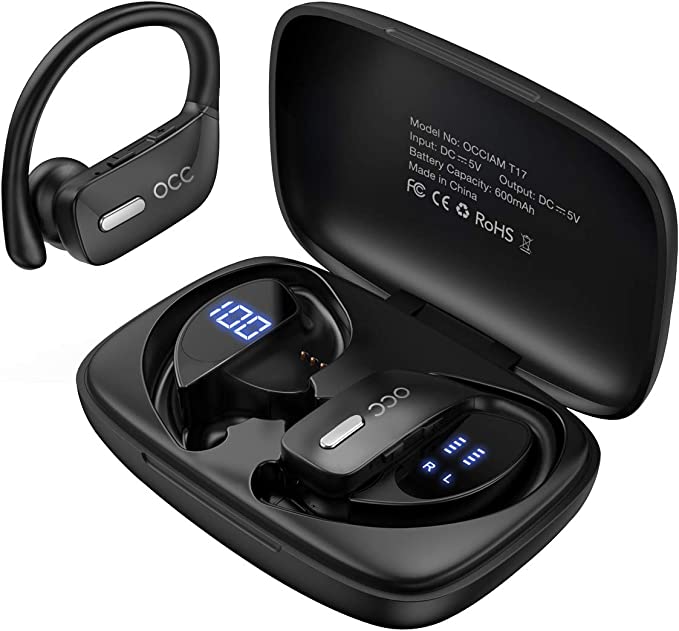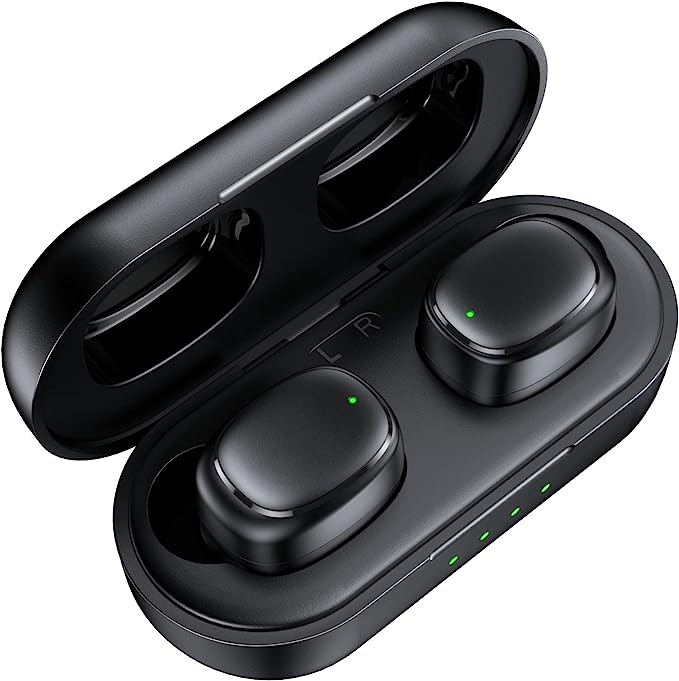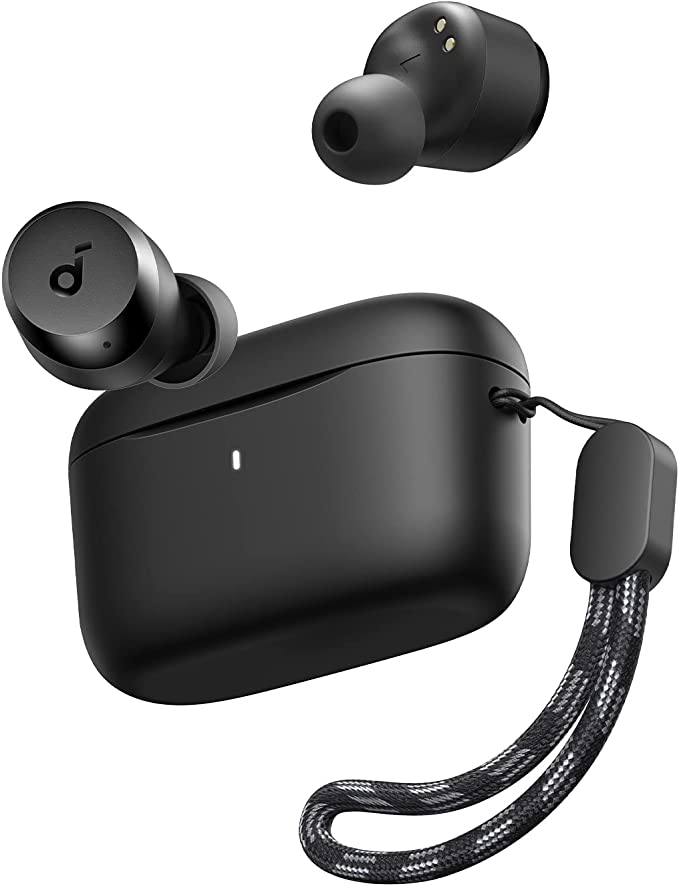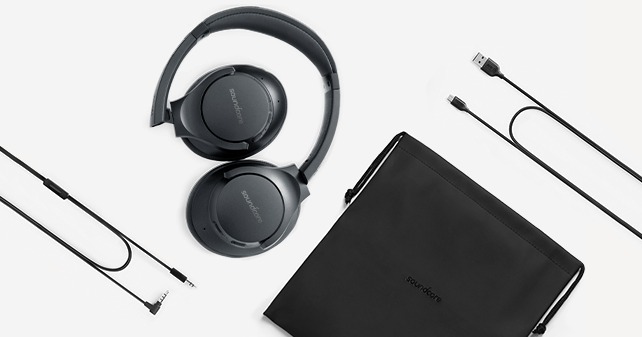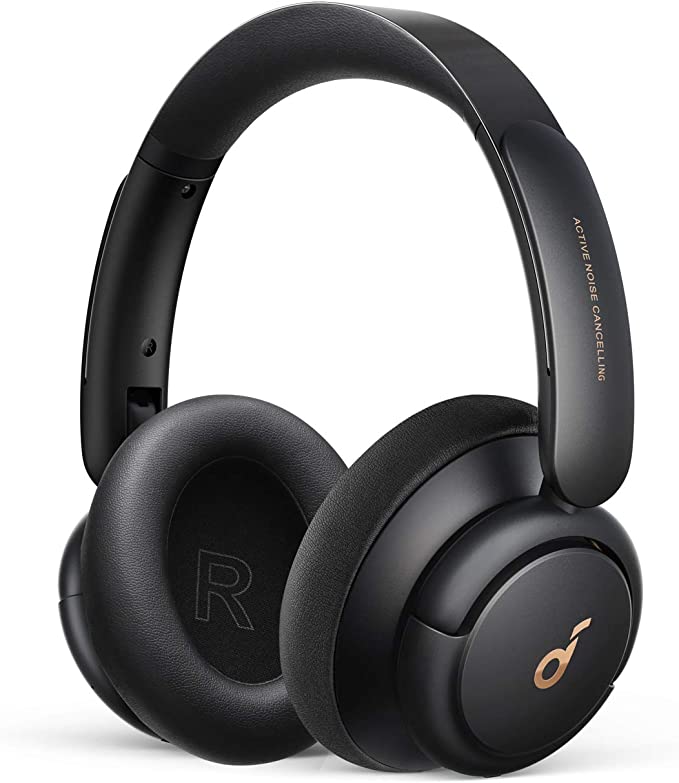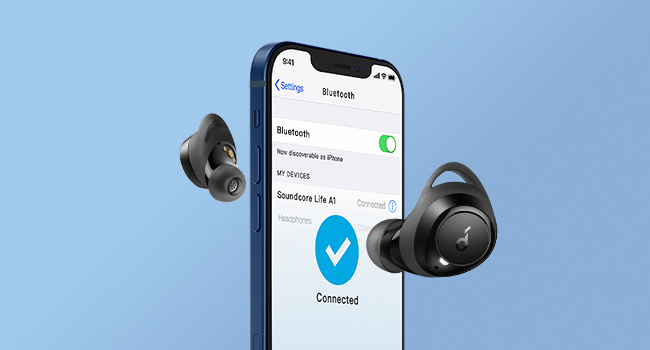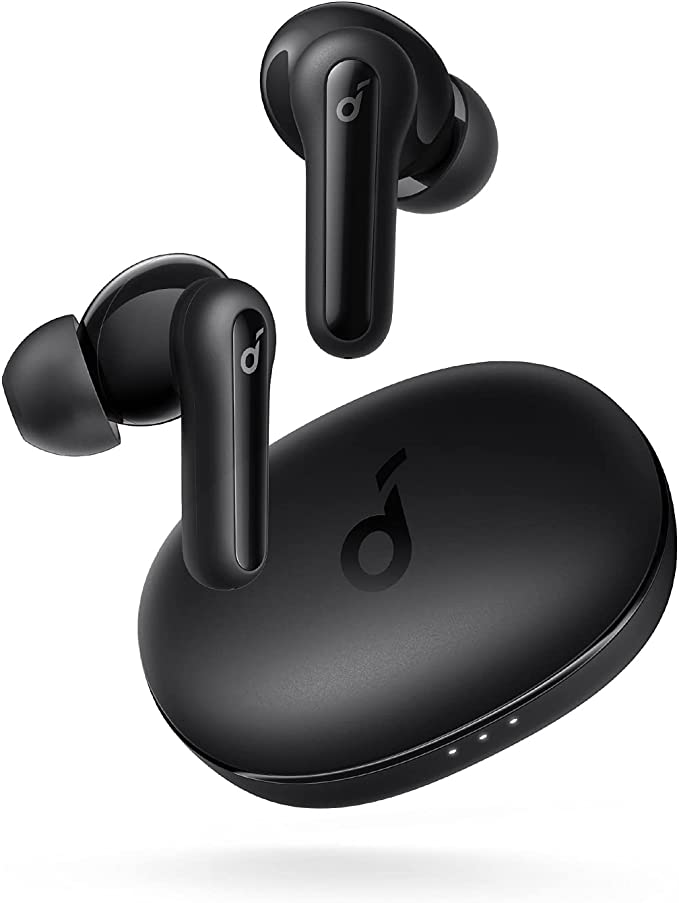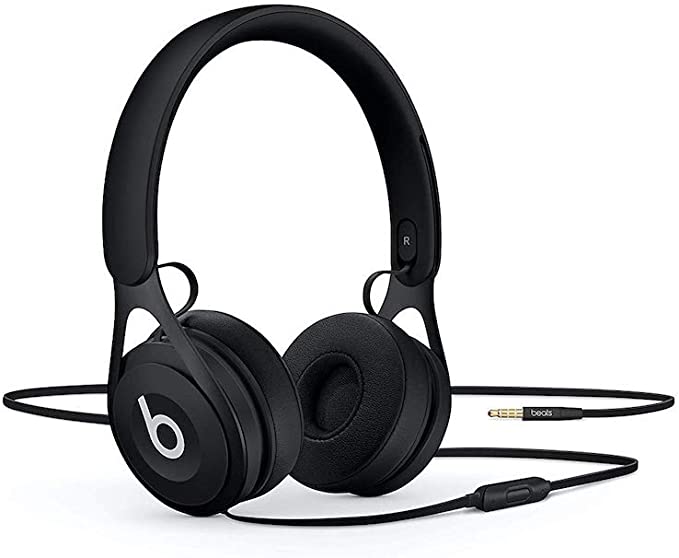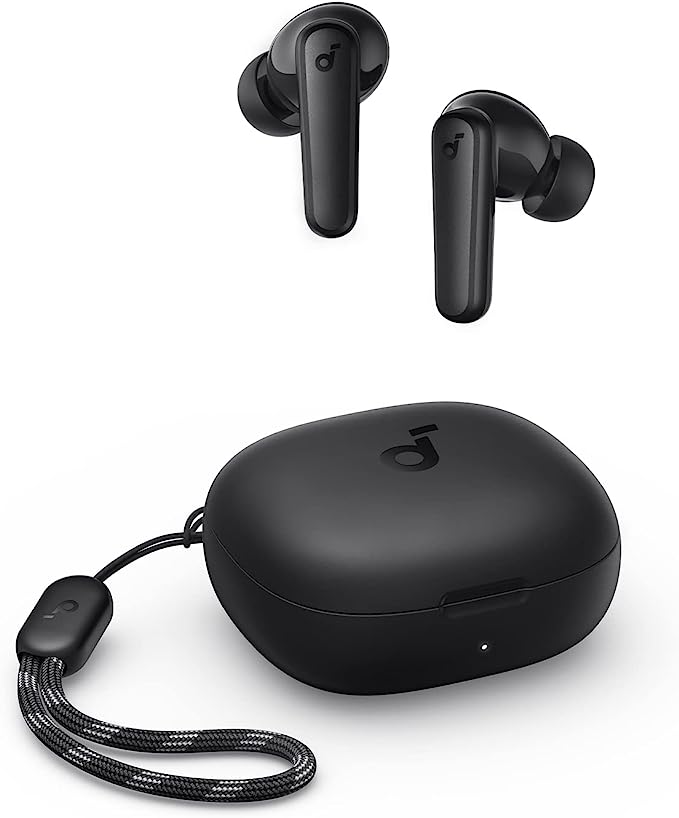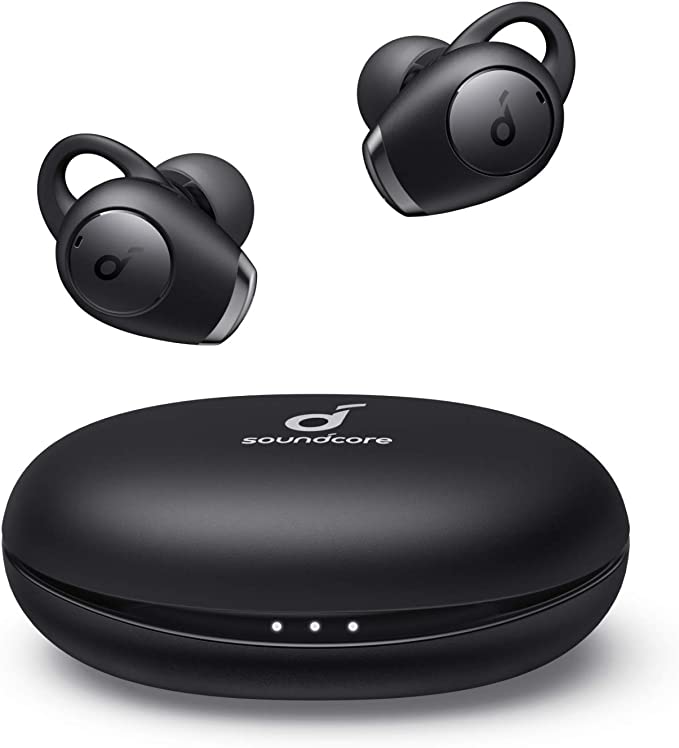YASEZ 5.0 Earphones by lyej: Unpacking Bluetooth 5.0, Stereo Sound, and Noise Cancellation Science
Update on April 13, 2025, 10:03 a.m.
Wireless earbuds. They dangle from ears on bustling city streets, provide soundtracks for workouts, and offer pockets of personal audio space in crowded cafes. They’ve become almost ubiquitous, yet the technology packed into these tiny devices can often feel like a confusing alphabet soup of jargon and marketing claims. What really makes a difference in your daily listening experience?
Let’s try to cut through the noise. We’ll use the lyej YASEZ 5.0 Earphones as our case study today. Not as a definitive review – the available information is limited, and frankly, contains some head-scratchers we’ll address – but as a practical example to explore the science behind the features you see advertised. Our goal isn’t to sell you anything, but to empower you with understanding. Think of this as a friendly chat with someone who spends their days thinking about audio technology, helping you decipher the specs and understand what truly matters. We’ll look at the invisible threads of Bluetooth, the magic of stereo sound, the quest for quiet with noise cancellation, and the practicalities of battery life and control.
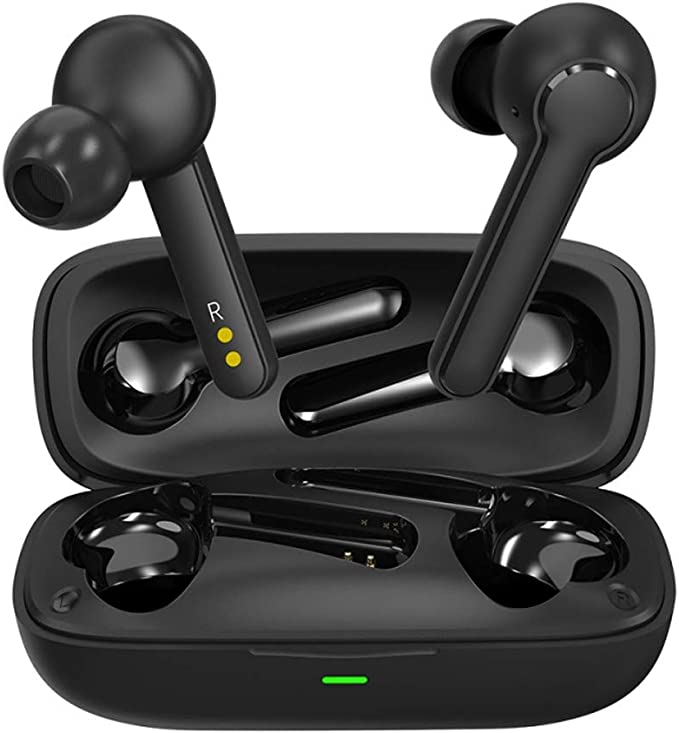
The Unseen Connection: Decoding Bluetooth 5.0
First, let’s talk about the foundation of any true wireless experience: Bluetooth. Imagine it as a highly reliable, invisible messenger constantly ferrying audio data from your phone, tablet, or computer to your earbuds. The YASEZ 5.0 lists Bluetooth V5.0 as its connection standard. But why does the version number matter?
Bluetooth technology has evolved significantly since its inception (named, fun fact, after a 10th-century Viking king who united Danish tribes – fitting for a tech uniting devices!). Early versions were often plagued by dropouts and could be power-hungry. Bluetooth 5.0, while not the absolute latest iteration available in the market today, represents a mature and significant leap forward compared to its predecessors like Bluetooth 4.x. [General Knowledge: Bluetooth SIG is the governing body for these standards].
Here’s what Bluetooth 5.0 generally brings to the table, and how it relates to the YASEZ 5.0’s listed specs:
- Enhanced Stability and Range: Remember the frustration of your music stuttering just because you put your phone in your back pocket? Bluetooth 5.0 was designed to offer more robust connections. The YASEZ 5.0 description mentions a connection distance of ≥10 meters (about 33 feet). This is a theoretical maximum often quoted for Bluetooth 5.0 in open spaces. In reality, walls, interference from other devices (like microwaves or Wi-Fi routers operating in the same 2.4GHz band), and even your own body can reduce this range. However, the core improvement in 5.0 means you should generally experience more consistent connections with fewer annoying dropouts compared to older Bluetooth versions within typical usage distances.
- Improved Power Efficiency: One of the key design goals of Bluetooth 5.0, particularly incorporating elements of Bluetooth Low Energy (BLE) principles, was better power management. The YASEZ 5.0 description claims it supports “lower power consumption.” This efficiency benefits both your source device (saving a bit of phone battery) and, more crucially, the earbuds themselves. This directly impacts the working time, listed as 3-5 hours for the YASEZ 5.0 on a single charge. We’ll touch on battery life more later, but efficient Bluetooth is a key ingredient.
- Sufficient Speed: While later Bluetooth versions offer higher potential bandwidth, Bluetooth 5.0 provides ample speed for transmitting high-quality stereo audio, which is the primary function here.
So, the inclusion of Bluetooth 5.0 in the YASEZ 5.0 signifies a baseline of modern wireless performance – aiming for stability and efficiency to keep that invisible messenger reliably delivering your audio.
Painting with Sound: Stereo and the “9D” Question
The product name proudly declares “Stereo Headphone” and even throws in the term “9D Stereo.” Let’s unpack “Stereo” first, as it’s fundamental to how we experience most recorded audio today.
Imagine sound not as a single point, but as a canvas. Monaural (mono) sound, common in early recordings or basic communication devices, projects everything from a single point. Stereo sound, however, uses two distinct channels – left and right. This simple difference unlocks a world of dimensionality. [General Knowledge: This leverages our binaural hearing – the way our brain processes the subtle differences in sound arriving at each ear (in timing and intensity) to determine direction and location].
Audio engineers use stereo to place instruments across this “soundstage.” The drums might be centered, the guitar slightly to the left, backing vocals to the right. This separation creates a sense of space, width, and realism that mono simply cannot replicate. For movies and games, it’s crucial for directional cues – hearing footsteps approaching from the left or an explosion to the right.
The YASEZ 5.0 lists a frequency response of 20-20000Hz. This range roughly corresponds to the limits of typical human hearing. [General Knowledge] It suggests the hardware aims to reproduce the full spectrum of audible frequencies, from the deep rumble of bass (low Hz) to the shimmer of cymbals (high Hz), necessary for delivering a complete stereo picture.
Now, about that “9D Stereo”… you won’t find “9D Audio” defined in any official audio engineering standard. This term appears frequently in marketing, particularly for budget-friendly earbuds. It’s essentially a buzzword intended to convey an extra immersive or spatially enhanced stereo experience. It might refer to some internal digital signal processing (DSP) attempting to widen the perceived soundstage, or it might simply be hyperbole built upon the foundation of standard stereo. Based on the provided information, there’s no way to verify any specific technology behind “9D.” Treat it as marketing emphasizing the basic (and valuable) stereo experience, not a distinct, advanced audio format. The real magic lies in well-recorded stereo content delivered cleanly to both ears.
Seeking Silence: Unpacking “Noise Cancelling”
In our often-cacophonous world, the promise of “Noise Cancelling” is alluring. The YASEZ 5.0 lists this as a “Special Feature.” But what does it actually mean, and how does it work? There are generally two paths to achieving a quieter listening experience:
- Passive Noise Cancellation (or Noise Isolation): This is low-tech but effective. It relies on the physical design of the earbuds creating a seal against your ear canal. The YASEZ 5.0 has an In-Ear form factor, meaning the eartips are designed to sit snugly inside your ear canal. A good seal physically blocks a significant amount of external sound, particularly higher-frequency noises like chatter or keyboard clicks. Think of it like wearing well-fitting earplugs. The effectiveness depends heavily on finding the right eartip size for your ears. [General Knowledge]
- Active Noise Cancellation (ANC): This is where sophisticated electronics come into play. Tiny microphones on the outside of the earbuds listen to the ambient environmental noise. Internal circuitry then analyzes this noise and generates an equal and opposite sound wave – often called “anti-noise.” When the original noise wave and the generated anti-noise wave meet at your eardrum, they effectively cancel each other out through destructive interference. [General Knowledge: Basic physics of wave superposition]. ANC is typically most effective against constant, low-frequency sounds like the drone of airplane engines, train rumble, or air conditioner hum.
Here’s the crucial point regarding the YASEZ 5.0: The product description simply says “Noise Cancellation.” It does not specify whether this is passive isolation only, active noise cancellation (ANC), or a combination (hybrid). It also gives no indication of how effective the noise cancellation is. High-end ANC can create near silence, while basic implementations might only offer mild reduction. Without more information or independent testing, we can only acknowledge the concept is present. The value proposition is clear: reducing distractions allows you to focus on your audio or simply enjoy a bit more quiet, particularly useful during commutes, flights, or study sessions. However, the actual level of quiet provided by this specific model remains an unknown based on the source data.
Beyond Sound: Battery Life & Convenience Features
Let’s talk practicality. How long can you actually listen? The YASEZ 5.0 earbuds themselves hold 40mAh batteries (per earbud), and the included charging case packs 400mAh. The listed working time is 3-5 hours on a single charge.
- Perspective on Stamina: A 3-5 hour single-charge battery life is fairly standard for entry-level to mid-range true wireless earbuds in today’s market. Premium models often push towards 6-8 hours or more. The 400mAh charging case acts as a portable power bank. You can typically recharge the 40mAh earbuds fully about 4-5 times from a full case (400mAh / (2 * 40mAh) = 5 theoretical recharges, though efficiency losses mean 4-5 is more realistic). This gives you a total potential listening time of roughly 15-25 hours before needing to recharge the case itself. The standby time of 120 hours refers to how long the earbuds might last outside the case when not actively playing or connected, just waiting.
- Everyday Interactions: Convenience often lies in the controls. The YASEZ 5.0 features “Popular touch control function,” allowing you to manage music playback (switch songs), handle phone calls, and activate your phone’s voice assistant (like Siri or Google Assistant) simply by tapping or swiping the earbud surface. This offers hands-free operation, which is great for when you’re exercising (“Sports Headset” is in the name, though no water/sweat resistance rating like an IP rating is mentioned) or have your hands full. Touch controls can be convenient, but sometimes prone to accidental activation compared to physical buttons – a common trade-off. The included microphone enables phone calls and voice assistant commands.
Putting It All Together: An Informed Perspective
So, what have we learned by dissecting the lyej YASEZ 5.0’s description through a scientific lens?
We see a product built around Bluetooth 5.0, aiming for reliable wireless connectivity and decent power efficiency. It delivers sound via standard Stereo, capable of reproducing the full range of human hearing, though the “9D” label is best understood as marketing fluff for immersion. It includes the concept of Noise Cancelling, but crucially lacks specifics on type or performance, meaning its real-world effectiveness is unknown. Practical features like touch controls, an included microphone, and a charging case providing multiple recharges (with a single-charge battery life in the 3-5 hour range) round out the package.
However, honesty requires acknowledging the significant gaps and oddities in the provided information. The lack of detail on noise cancellation, the absence of information on supported audio codecs (which impact sound quality and latency), no mention of water resistance, and the highly questionable $348.00 price tag (which seems vastly inflated for these specifications) are all red flags demanding skepticism. The “Moving Iron” mention in one line, inconsistent with typical earbuds at potentially lower price points implied by other specs, adds further confusion.
Ultimately, understanding the technology behind the buzzwords – how Bluetooth connects, how stereo creates space, the different approaches to noise cancellation – is far more valuable than memorizing specs for any single product. It equips you to ask the right questions, critically evaluate marketing claims, and choose devices that genuinely meet your needs and budget. While the lyej YASEZ 5.0 served as our example, the principles we’ve explored apply universally in the world of wireless audio. Listen wisely!
[//]:(version:20250412 001)
